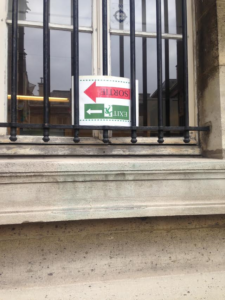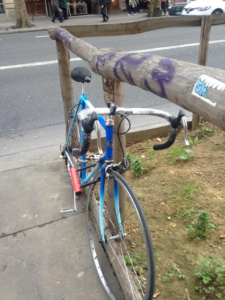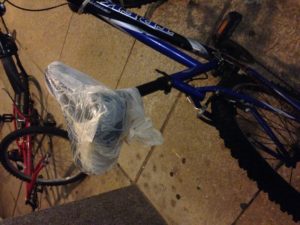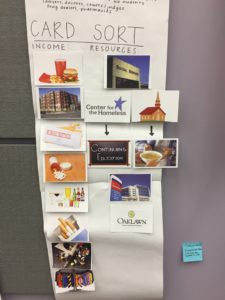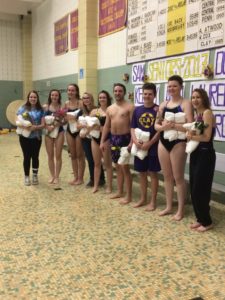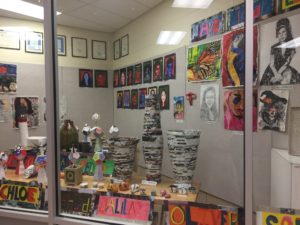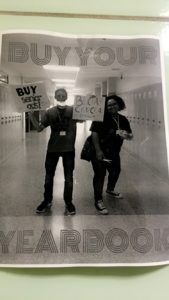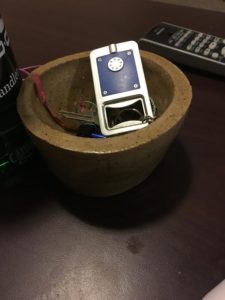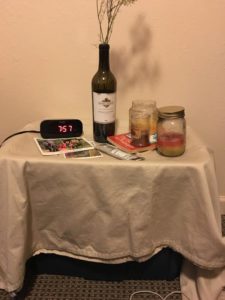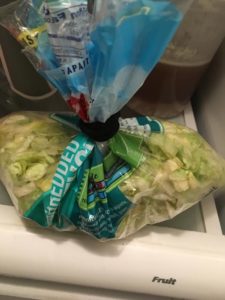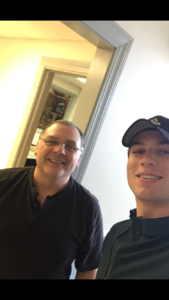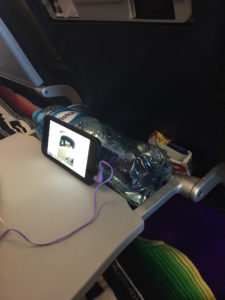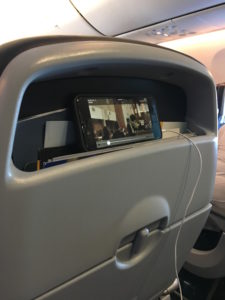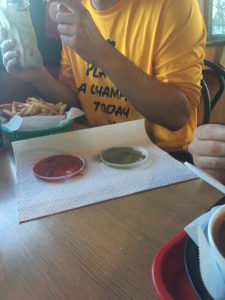1. Expert Interview
Youngjae interviewed John Anella for his expert interview.
Date: 2/27/2017
Type: Expert Interview
Location: Brother’s Bar and Grill
Team Participants: Youngjae, Danny, Pat, and Steffen
User Characteristics:
Middle-aged white male, South Bend School Board member, Notre Dame Alum, Financial Advisor
Has two children at Adams High School
Superior academics is the biggest factor in deciding which school his children attend. (Adams’ IB program was a big merit)
Is not satisfied with the quality of South Bend public education in general.
Memorable quotes:
“The quality of South Bend public education system is not up to standard”
“IB program was a big factor in deciding to send my kids to Adams”
“Academics is the single most important factor I consider when I decided a school for my children”
Top 3 Learnings
- Parents are more focused on the academics when deciding schools
- Parents think IB is superior to the AP
- Magnet program was not a big factor in deciding schools
Key Insights
- Adams is definitely considered the most competitive in terms of academics
- Parents look at academics as one of the more important factors
2. User Interview #1
Youngjae surveyed and interviewed a 12th grade English class at Clay
Date: 3/2/2017
Type: User Interview
Location: Clay High School
Team participants: Youngjae, Guillermo
User Characteristics: 12th grade English class students
Memorable Quotes
“I didn’t learn much but I like the school”
“Some of the teachers do not seem committed enough or fit to teach”
“Bathrooms do not have soap!”
Top 3 Learnings
- Students generally were not satisfied with the quality of education at Clay
- Students generally were not satisfied with the facility of Clay
- Students generally were not satisfied with the “Gay Clay” image
Key Insight
- “Gay Clay” is the image students have of the school because of the larger LGBQT community at Clay compared to other schools
- This class of students did not consider the Performing Arts as a big factor when deciding to come to Clay
- This class of students were generally not satisfied with the quality of education at Clay
3. User Interview #2
Youngjae surveyed and interviewed a 12th grade AP English class at Clay
Date: 3/7/2017
Location: Clay High School
Team Participants: Youngjae, Guillermo
User Characteristics: 12th grade AP English class
Memorable Quotes
“I wish there was more funding for the Arts Magnet”
“Bathroom does not have soap!”
“I like the Arts Magnet because of the various offerings it provides to students that are not in the Magnet program”
“Clay could do a better job of advertising and marketing the AP programs and its strengths in general”
Top 3 Learnings
- Students are not satisfied with the school facilities
- Students think that some teachers are not committed enough
- Many students in this class decided to come to Clay because of the Performing Arts Magnet
Key Insights
- The “smarter kids”(because AP is the more advanced class) seemed more committed to contributing to the Clay community
- This class of students actually embraced and cherished the “Gay Clay” image as they deemed it meant Clay is the most inclusive and diverse of all public schools in South Bend
- A completely contrasting perspective on Clay compared to the regular English class we surveyed and interviewed
- There certainly are strengths that Clay can market better in order for it to increase enrollment
4. Immersion Experience
Youngjae participated in two separate classes on two separate dates to get a feeling of how classes are and how the students interact during class
Date: 3/2/2017 and 3/7/2017
Event: Class
Event Description: Two different classes(Regular English and AP English)
Key Takeaways:
There was a big discrepancy in behavior and commitment to class between the two classes. The regular English class seemed more distracted and less committed to learning and participating than the AP English class. This was also evident when we gave out the surveys and interviewed individual students. The regular English class did give some valuable insights; however, the AP English class was far more enthusiastic about expressing their opinions and concerns about the school. It was very beneficial for the team overall, as we got very contrasting views and feeling of atmosphere from these two different demographics.
5. Analogous Immersion
I decided to replicate the process of deciding high schools by walking through college decision process again. For the experience, the primary source of information was the Internet, word of mouth, and of course recollection of my memory. I focused on what I looked for when deciding a college and compared it to the process of high school decision.
1.Set Priorities
I decided what I would deem as the most important factors in deciding which college I wanted to go to. The first one was the quality of education. The second one was the prestige of the university.
1.Search
I searched the top National Universities online. My main source of information was the US News website as it was widely considered the most credible source.
2.Narrow Down
I narrowed down the search to the most prestigious schools in the nation mainly focusing on the rankings listed on US News. Based on my academic performance and various other activities in high school, I narrowed down the search to the top 20 ranked universities in the nation. In addition, I further narrowed down my search based on the information I gathered online through various forums and online communities and word of mouth from friends, teachers, and relatives.
3.Decision
The decision was a two way process as I had to get accepted to a school first in order to make a decision. Once all the results were out, I consulted my parents and did much deeper research on the colleges I got into with them to decide which school I would be attending. However, the two priorities I set at the beginning of the process were probably still the biggest factors.
Insights
The college decision process is obviously different from the high school decision process. However, I felt that precisely analyzing the different priorities that different socieconomic, cultural, and racial demographics have is essential.
